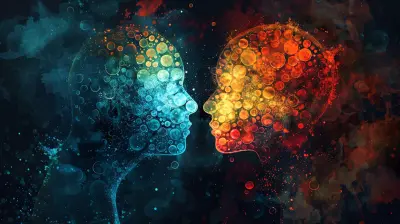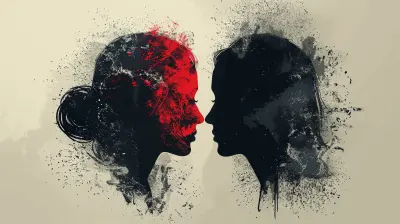Exploring the Autism Spectrum: From Diagnosis to Acceptance
30 September 2025
Alright, folks, grab your metaphorical lab coats and your real cup of coffee—because we’re diving into one of the most misunderstood, stigmatized, and yet fascinating topics in the world of psychology: autism. Yep, we’re going full Sherlock on the Autism Spectrum—what it means, how it's diagnosed, and why embracing neurodivergence should totally be trending more than avocado toast.
Let’s start from the top, shall we?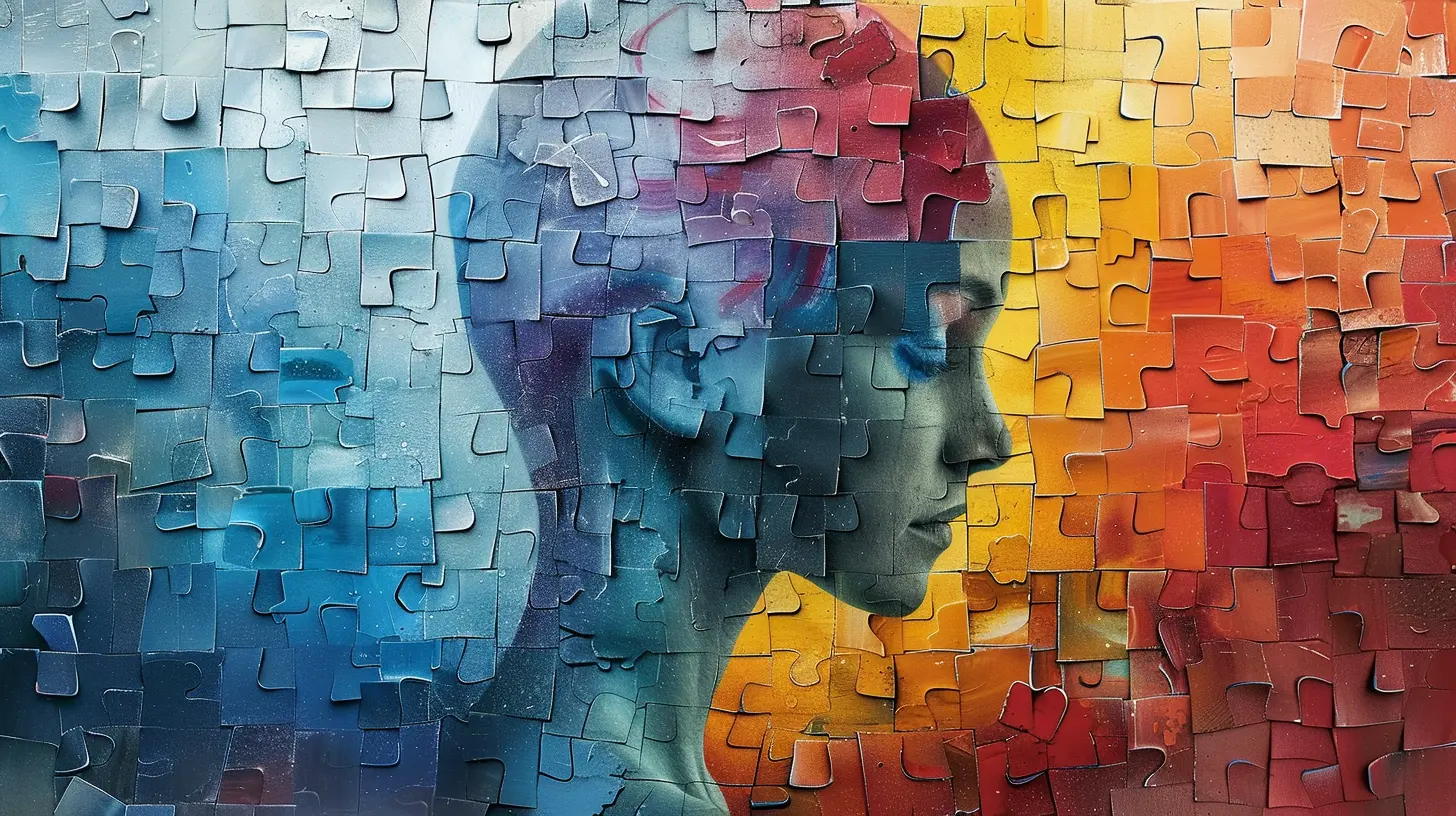
What Is the Autism Spectrum, Anyway?
Alright. Imagine the human brain is like a software program. Most of them work pretty similarly—you open apps, scroll socials, ignore alarm clocks. But every now and then, someone shows up running their own custom operating system. That’s autism in a nutshell.Autism Spectrum Disorder (ASD) isn’t a one-size-fits-all diagnosis. It’s more like a playlist on shuffle—some people have sensory sensitivities, others have social quirks, and many have superpowers (we’re lookin’ at you, pattern recognition and memory).
In short, autism is a developmental condition that affects how people interact with the world around them—but not necessarily in a “bad” way. It's different, not defective.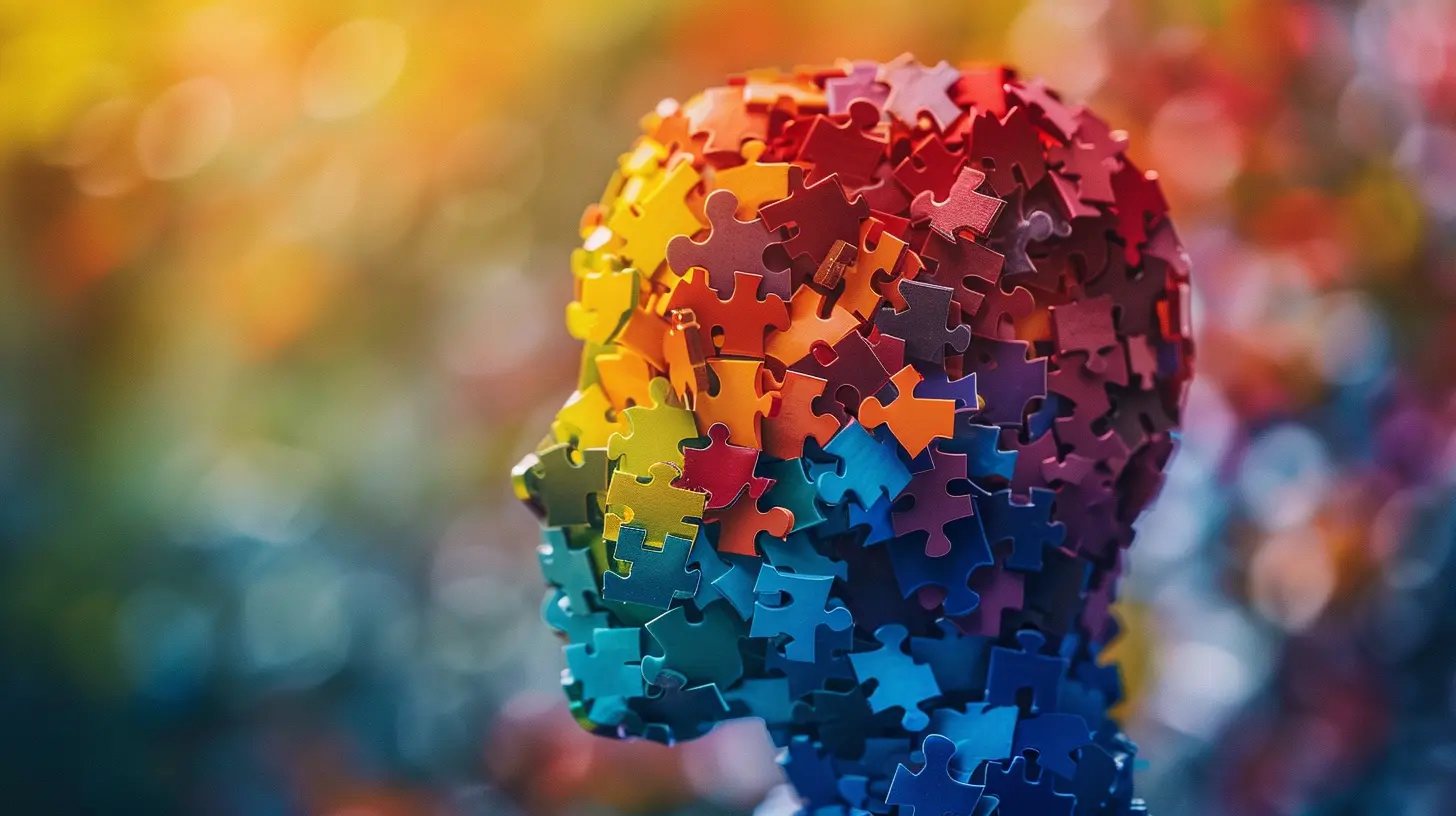
The Diagnosis: Not Exactly a Walk in the Park
So how does one figure out if they—or someone they love—is on the spectrum? You don’t just wake up one day, think, “Wow, I really hate surprise parties,” and assume you’re autistic. Diagnosis is a process, not a Pinterest quiz.The Usual Suspects (aka Diagnostic Criteria)
Clinicians typically look at two main areas:- Social communication issues – This means things like not making eye contact, struggling with back-and-forth chats (small talk = social horror), and difficulty understanding sarcasm. So...basically half of Twitter.
- Restricted and repetitive behaviors – This includes routines, special interests, stimming (like rocking or flapping), and being SUPER into unique topics. Think being obsessed with trains, numbers, or...the entire plotline of every Marvel movie in chronological order.
But here’s the kicker: Autism can show up differently in everyone. Women and girls, in particular, often mask their symptoms (aka hiding their quirks to fit in), which leads to late or missed diagnoses. Thanks, gender stereotypes!
Getting the Golden Ticket (aka Formal Diagnosis)
If you or someone you know thinks, “Hey, this kinda sounds like me,” the next step is seeing a trained professional—usually a psychologist, psychiatrist, or developmental pediatrician. They use interviews, observation, questionnaires, and sometimes tests that feel like you're solving riddles from a cryptic fortune cookie.It can be validating, emotional, and a little overwhelming. But getting clarity? Priceless.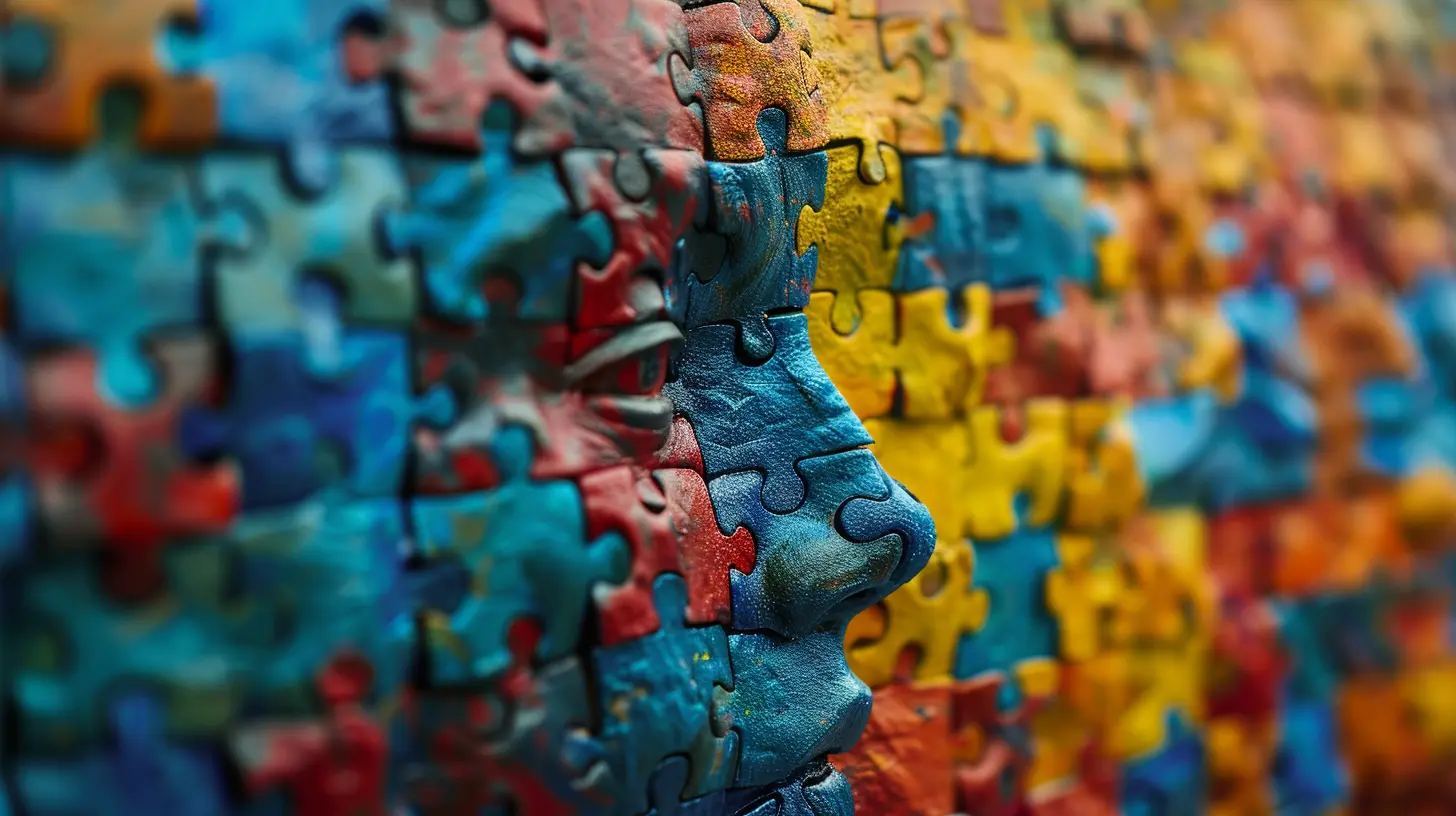
ASD = A Spectrum, Not a Straight Line
Let’s bust a myth while we’re here: people often talk about autism like it's a linear scale. You know, like, “Are they high-functioning or low-functioning?” Yikes. That’s outdated and about as useful as a floppy disk in 2024.Let’s Talk Functioning Labels (Spoiler: They're Bunk)
The problem with “high” or “low” functioning labels is that they're super misleading. A person might look like they’re managing well (maybe they can speak fluently or mask social difficulties), but that doesn’t mean they’re not battling burnout behind the scenes. Others might struggle with communication but have killer problem-solving skills.The autism spectrum is more like a color wheel than a ladder. You don’t move “up” or “down”—you just have a unique blend of traits and needs. (Insert Bob Ross voice: It's your own happy little neurological landscape.)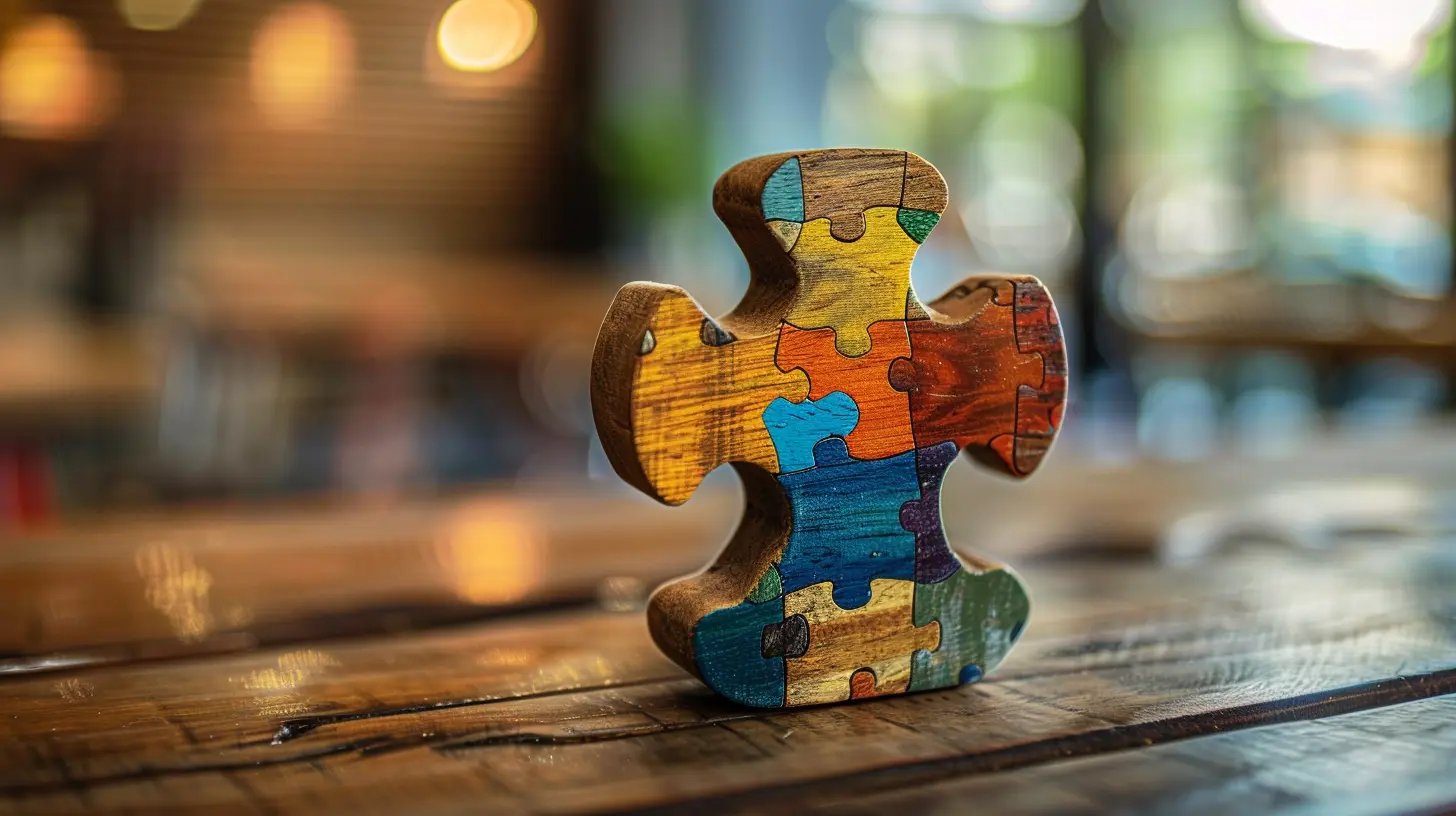
Embracing Neurodivergence: Can We Stop Trying to “Fix” People?
Here’s the part where we get a bit serious—because this matters. For years, autism was treated as something to "correct" or "cure." Cue the tragic music and black-and-white montages. But these days, we're shifting towards something way more empowering: neurodiversity.What Even Is Neurodiversity?
The neurodiversity movement is built on the idea that neurological differences—like autism, ADHD, dyslexia—aren’t defects. They're natural variations in the human brain. Like some people are right-handed, others are left-handed. You wouldn’t try to “fix” a lefty, right? (Unless you’re living in 1450.)Autistic brains just process information differently. That difference can come with challenges, yes—but also strengths. Creativity, attention to detail, intense focus, honesty (like brutally honest—don’t ask an autistic kid if you look tired), and out-of-the-box thinking.
Acceptance > Awareness
April is Autism Awareness Month, but honestly? That’s not enough. Most people are already “aware” that autism exists. What we need is acceptance.Acceptance is:
- Hiring autistic individuals without bias.
- Creating sensory-friendly spaces (fluorescent lights are not it, Karen).
- Listening to autistic voices—especially self-advocates.
- Ditching the “cure” mindset and embracing support instead.
Common Myths We Really Gotta Stop Believing
Let’s play Mythbusters: Autism Edition. Because if I had a dollar for every time someone said one of these, I could afford therapy for everyone.“Autistic people don’t have empathy.”
Wrong. Empathy isn’t absent—it just shows up differently. Many autistic folks feel things deeply, but they might express it in unusual ways. Actually, some feel so much, it’s overwhelming. It’s not that they don’t care—it’s that their emotional GPS works differently.“It’s caused by vaccines.”
Y’all. It’s 2024. This myth didn’t just die—it got buried under a mountain of scientific evidence. Vaccines don’t cause autism. Period. End of TED Talk.“You don’t look autistic.”
What does autism look like, exactly? Spoiler alert: There’s no “autism uniform” (although I’d totally rock that hoodie). Autism is invisible, and everyone’s presentation is different.Supporting an Autistic Loved One (Without Being Overbearing)
Navigating support is like trying to build Ikea furniture without the manual. Frustrating, confusing, and occasionally involves tears. But with patience and a little guidance, you can absolutely avoid turning that Allen wrench into a flying object.Do:
- Ask what they need instead of assuming.- Respect their boundaries (not everyone loves hugs or loud parties, okay?).
- Offer consistency, routine, and clarity.
Don’t:
- Talk over them or for them unless asked.- Assume they don’t understand you.
- Try to “train” them to be more neurotypical.
Basically, treat autistic folks like people. Because...they are people. Shocking, I know.
Autism in Adulthood: Spoiler Alert, It Doesn’t Disappear
Contrary to what some folks think, autism doesn’t magically vanish after childhood. Adults can be autistic too—wild, right?In fact, many people don’t get diagnosed until adulthood. That “quirky” person who’s always been a bit different? Possibly autistic. Diagnosis in adulthood can bring a lot of “Aha!” moments, along with some grief over lost time. But it’s never too late to understand yourself a little better.
Humor, Identity, and the Joy of Being Different
If there's one thing I’ve learned writing this article, it’s that laughter might just be the glue that holds the neurodivergent and neurotypical world together. Humor humanizes. Humor connects. And guess what? Autistic people can be HILARIOUS.Just scroll through #ActuallyAutistic on Twitter or TikTok—there’s more deadpan humor, insightful observations, and witty comebacks than a stand-up comedy show. Being autistic isn’t a tragedy. For many, it’s core to who they are—and they wouldn’t have it any other way.
Final Thoughts: No One’s Brain Comes with Instructions
Life on the autism spectrum isn’t a bug—it’s a feature. A complex, beautiful, often misunderstood feature that deserves more compassion and way less judgment.Whether you're autistic, love someone who is, or are just curious—it all comes down to this: There is no "normal." There is only different, and different is not only okay—it’s absolutely essential.
So let’s drop the pity, turn up the empathy, and pass the mic to autistic voices. Because the world’s a lot more interesting when everyone gets to be their authentic self—quirks, stims, info dumps and all.
all images in this post were generated using AI tools
Category:
AutismAuthor:

Paulina Sanders
Discussion
rate this article
1 comments
Catherine Hudson
Thank you for this insightful article on the autism spectrum. It beautifully highlights the journey from diagnosis to acceptance, emphasizing the importance of understanding and support. Your emphasis on the unique strengths and challenges within the spectrum is particularly valuable. I appreciate the awareness you’re raising in our communities!
October 22, 2025 at 4:25 AM

Paulina Sanders
Thank you for your kind words! I'm glad you found the article insightful and valuable. Your support in raising awareness is much appreciated!

